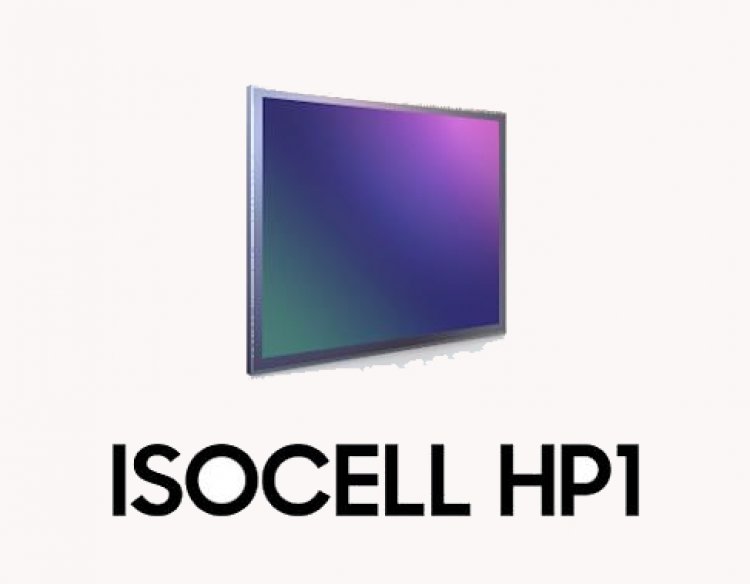Samsung unveils 200-megapixel smartphone camera sensor
The organization recently announced the release of a new 200-megapixel camera sensor for android platforms. The "Isocell HP1," as Samsung calls it, will be the first 200-megapixel sensor in the industry thanks to the 0.64m pixels design.

Samsung is known for its flagship phones that come with top-of-the-line specs and the best display in the market. Now like last year when they rolled out the S20 which comes with a 108Mp camera that broke records in sales and was the king of smartphones with the highest possible specs at that time. Now they are ready to take over the market with their newest 200 -megapixel camera. Samsung announced its 200-megapixels.
The organization recently announced the release of a new 200-megapixel camera sensor for android platforms. The "Isocell HP1," as Samsung calls it, will be the first 200-megapixel sensor in the industry thanks to the 0.64m pixels design.
Qualities of this sensor-
According to Samsung, the HP1 will preserve "high-level detail regardless trimming or picture scaling." Good news for anyone who enjoys zooming in on an unusual or amusing detail in an existing photo before sharing the new image to, say, a friend or even making a meme template.
Low-light performance should improve as well. "Chameleon Cell innovation, unique sensor binning technology that uses a two-by-two, four-by-four, or full pixel layout based on the surroundings," according to the HP1 sensor. To put it another way, if you try to take a picture at night, the sensor will change into a 12.5-megapixel imaging system. And it will be no problem to shoot an 8K video, as the camera will be capable of doing that in 30fps.
The ISOCELL HP1 is capable of shooting 8K footage at 30 frames per second (fps) with a low field of vision degradation. The HP1 reduces the resolution to 50MP (8192 x 6,144) because then 8K (7,680 x 4,320) videos can be captured without a clip or shrinking the actual image resolution.
Samsung's patented pixel technology is also used in the image sensor, which for the first time in the industry adds Front Deep Trench Isolation (FDTI) to a Dual Pixel device. FDTI allows each photoreceptor to absorb and keep more light information, boosting the photodiodes' maximum capability (Full-Well Capacity) and reducing crosstalk inside the pixel, despite their minuscule size.
However, there's Still more
In addition to the HP1, Samsung also announced the Isocell GN5, a sensor with two photodetectors in a single 1.0m pixel that will use "all-directional concentrating Dual Pixel Pro technology." According to Samsung, this will significantly increase autofocusing skills.
The autofocus performance of the Galaxy S20 Ultra cam was one of its biggest flaws. Auto-focusing must be nearly immediate with the GN5.
While neither the HP1 nor the GN5 are yet commercially available, certain reviewers have received samples. This means we'll soon find out where these sensors really live up to Samsung's claims... and you can bet other manufacturers will be working to build counterparts if not, they'll just buy Samsung's for their products.
Samsung's patented pixel technology is also used in the image sensor, which for the first time in the industry adds Front Deep Trench Isolation (FDTI) to a Dual Pixel device. FDTI allows each photoreceptor to absorb and keep more light information, boosting the photodiodes' maximum capability (Full-Well Capacity) and reducing crosstalk inside the pixel, despite their minuscule size.
More megapixels don't always equate to better photographs, as anyone who remembers the epic megapixel conflicts of the last decade will tell you... but we can't wait to bring a 200-megapixel sensor nevertheless.

















